5 top features the Galaxy Book Pro steals from Samsung phones
For its new Galaxy Book Pro laptops, Samsung turned to the Galaxy S and Note phones for inspiration
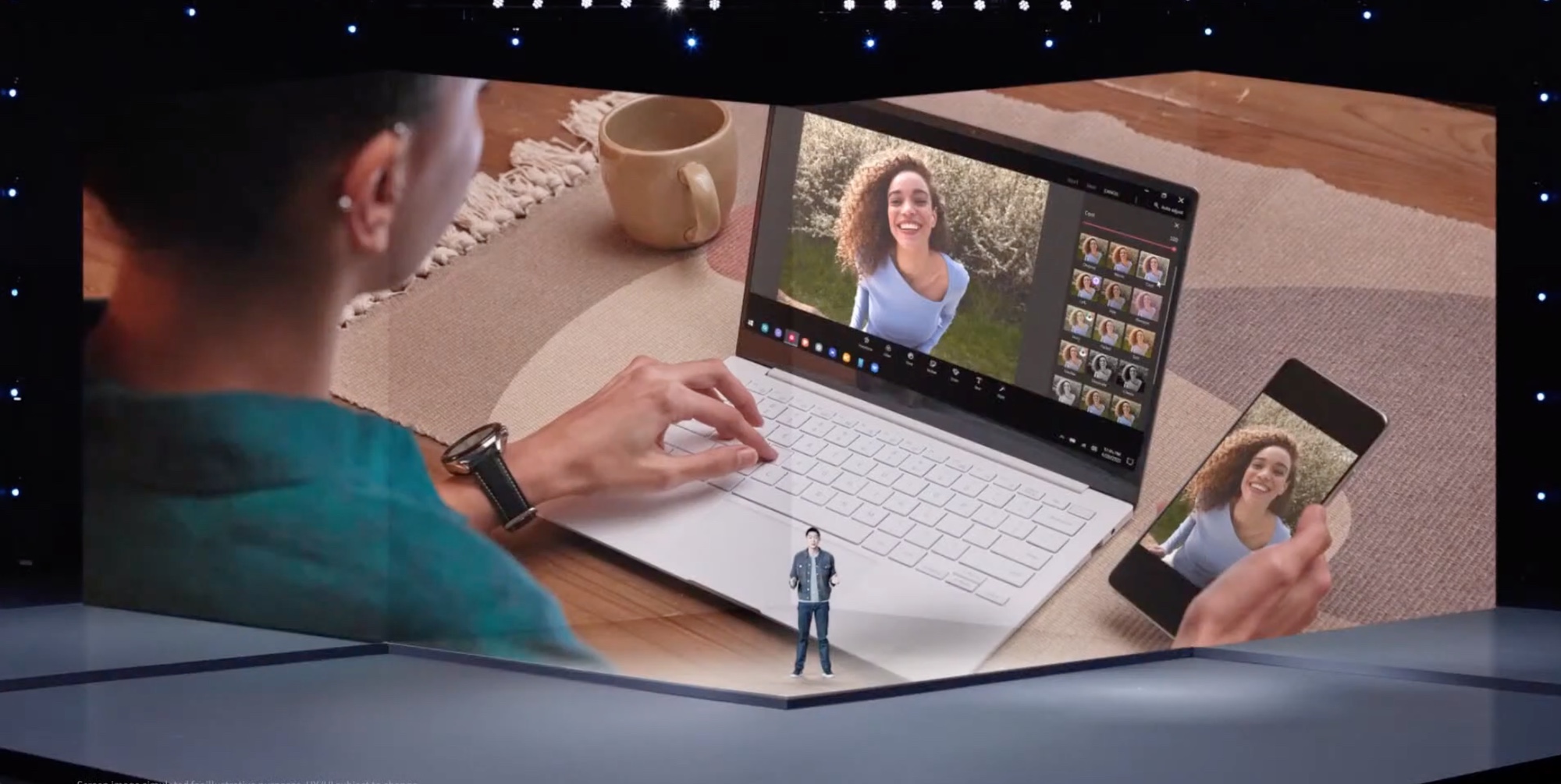
Samsung took the wraps off some new laptops this week, highlighted by the arrival of the Galaxy Book Pro and Galaxy Book Pro 360, as the electronics giant looks to bolster its computer business. And when you look at these two new laptops, it's not hard to spot where Samsung drew its inspiration from — the company's own lineup of Galaxy S and Galaxy Note flagship phones.
Samsung confirmed as much itself during the Unpacked event where it showed off the Galaxy Book Pro and Galaxy Book Pro 360. Throughout the event, Samsung executives asked why can’t laptops be more like phones, with the latest Galaxy Book models illustrating exactly what the company has in mind.
- Best laptops: How Samsung’s new Galaxy Book models compare
- Galaxy Book Pro vs. MacBook Pro: Which is right for you?
With the latest Galaxy Book models, Samsung aims to combine the portability of smartphones with the power of laptops. Here are the ways the company's experience with the Galaxy flagship phones influenced design and features for the Galaxy Book Pro and Galaxy Book Pro 360.
A thin and light design
Easily the best thing about smartphones is that you can take them just about anywhere, since they're so light and portable. And while you're never going to be able to slip a laptop into your pocket — not without foldable screens getting a lot more flexible — these new Galaxy Books from Samsung should be easier to tote around.
The Galaxy Book Pro measures 12 x 7.8 x 0.4 inches for the model with the 13-inch screen and 14 x 8.9 x 0.5 inches for the 15-inch version. That 13-inch Galaxy Book Pro is only 0.05 inches thicker than Samsung's Galaxy S21 Ultra phablet.
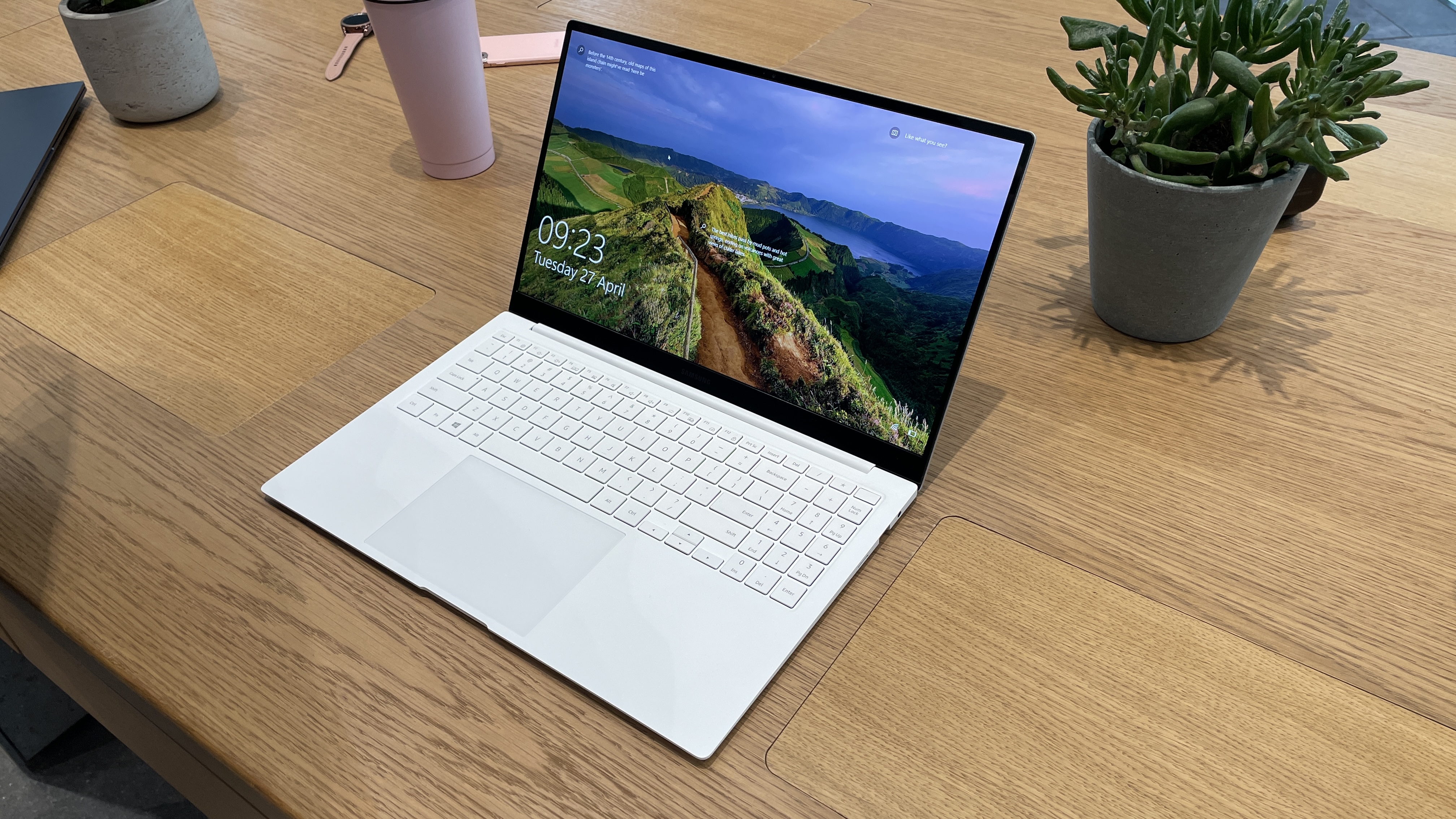
More importantly, it's more compact than the 12 x 8.4 x 0.6-inch MacBook Air with M1 and at less than 2 pounds, it's lighter than the 2.8-pound Apple machine as well. It's not like anyone's going to confuse the MacBook Air with a behemoth, so Samsung did an impressive job keeping its new laptop as compact as possible.
That also holds true for the Galaxy Book Pro 360. While that machine weighs a little bit more than its Galaxy Book Pro counterpart — the 13-inch 2-in-1 weighs 2.3 pounds and the 15-inch model tips the scales at 3 pounds — it's still going to be as lighter or lighter than a 13-inch MacBook Pro with the M1 chip. That Apple laptop weighs 3 pounds.
Sign up to get the BEST of Tom's Guide direct to your inbox.
Get instant access to breaking news, the hottest reviews, great deals and helpful tips.
Galaxy Book Pro AMOLED displays
There's a reason the top smartphones used OLED panels for their displays. OLEDs produce more vibrant colors, better contrast and truer blacks. Stack up an OLED screen next to a LCD panel, and it's not hard to spot a difference.
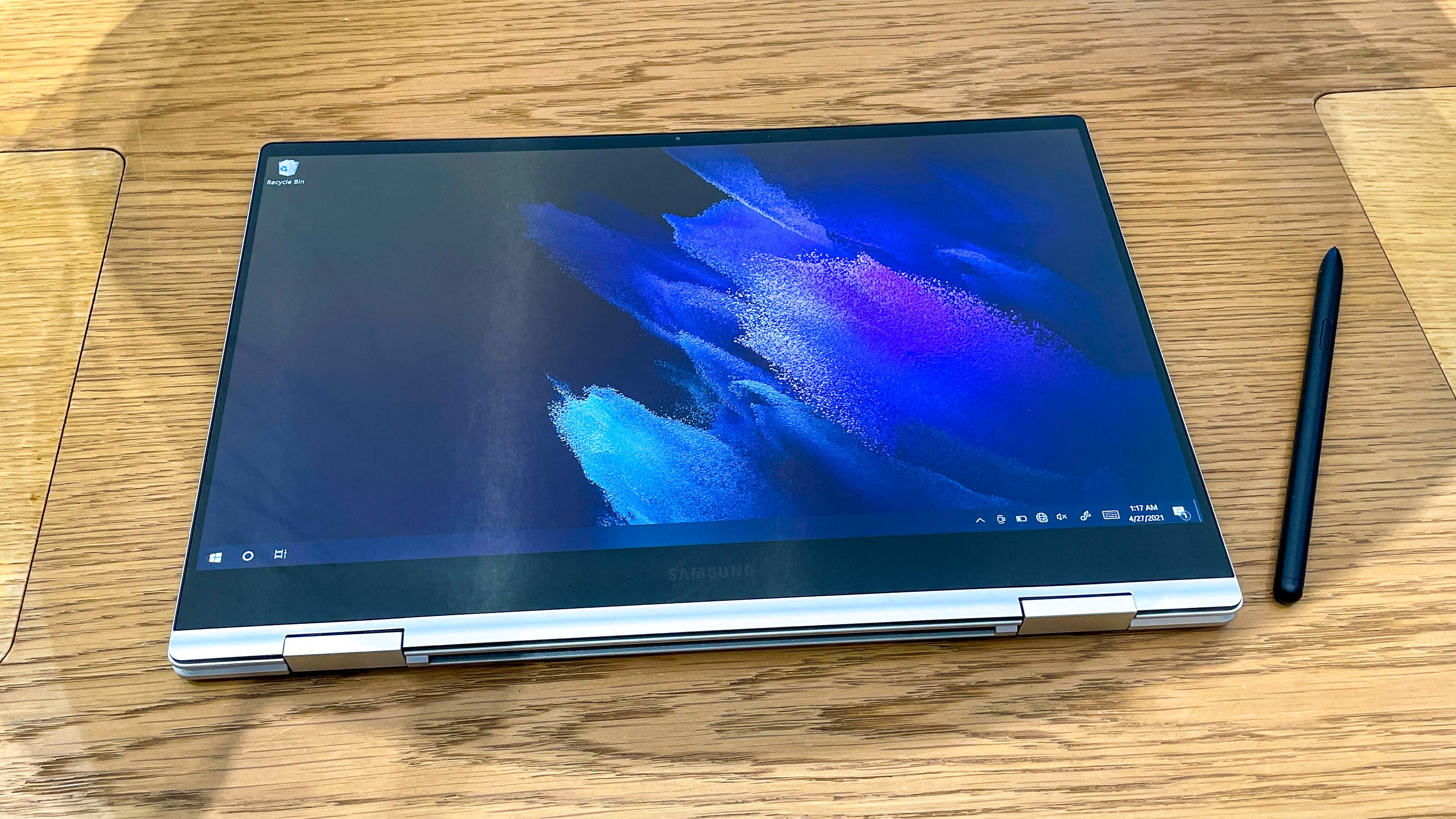
Samsung's realized this for a long time, which is why its Galaxy flagship phones have used AMOLED panels even as competitors — looking at you, Apple — continued to release flagship phones with LCDs. So it's only appropriate that the Galaxy Book Pro should follow the lead of Samsung's smartphone lineup.
The Galaxy Book Pro and Galaxy Book Pro 360 are the first Samsung Windows PCs to feature OLED screens. You also get a built-in Intelligent Color Engine utility that's capable of adjusting the screen's color profile to better fit whatever task you're doing (though apps will need to be optimized to take advantage of this feature).
Easier Galaxy Book Pro setup
Upgrading from one phone to another is a pretty painless process. Tap some buttons and it's easy enough to import contacts, photos, apps and anything else you need to seamlessly move to your new device.
The same cannot always be said when it comes to changing computers, so Samsung is drawing on its smartphone expertise to improve the process with the new Galaxy Books. A new Galaxy Book Smart Switch feature takes its cues from Samsung's phones to allow you to easily transfer photos, movies, files apps and settings from any Windows PC to the Galaxy Book Pro.
It's the kind of feature you only tap into once, but it's indicative of the attention Samsung is paying to improving the experience of using its laptops.
Better sharing with Galaxy Book Pro
The Galaxy Book Pro and Galaxy Book Pro 360 also adopt the Quick Share feature Samsung introduced with last year's Galaxy S20 lineup. That feature lets you share photos, files and videos between Samsung phones, and now it's getting extended to laptops.
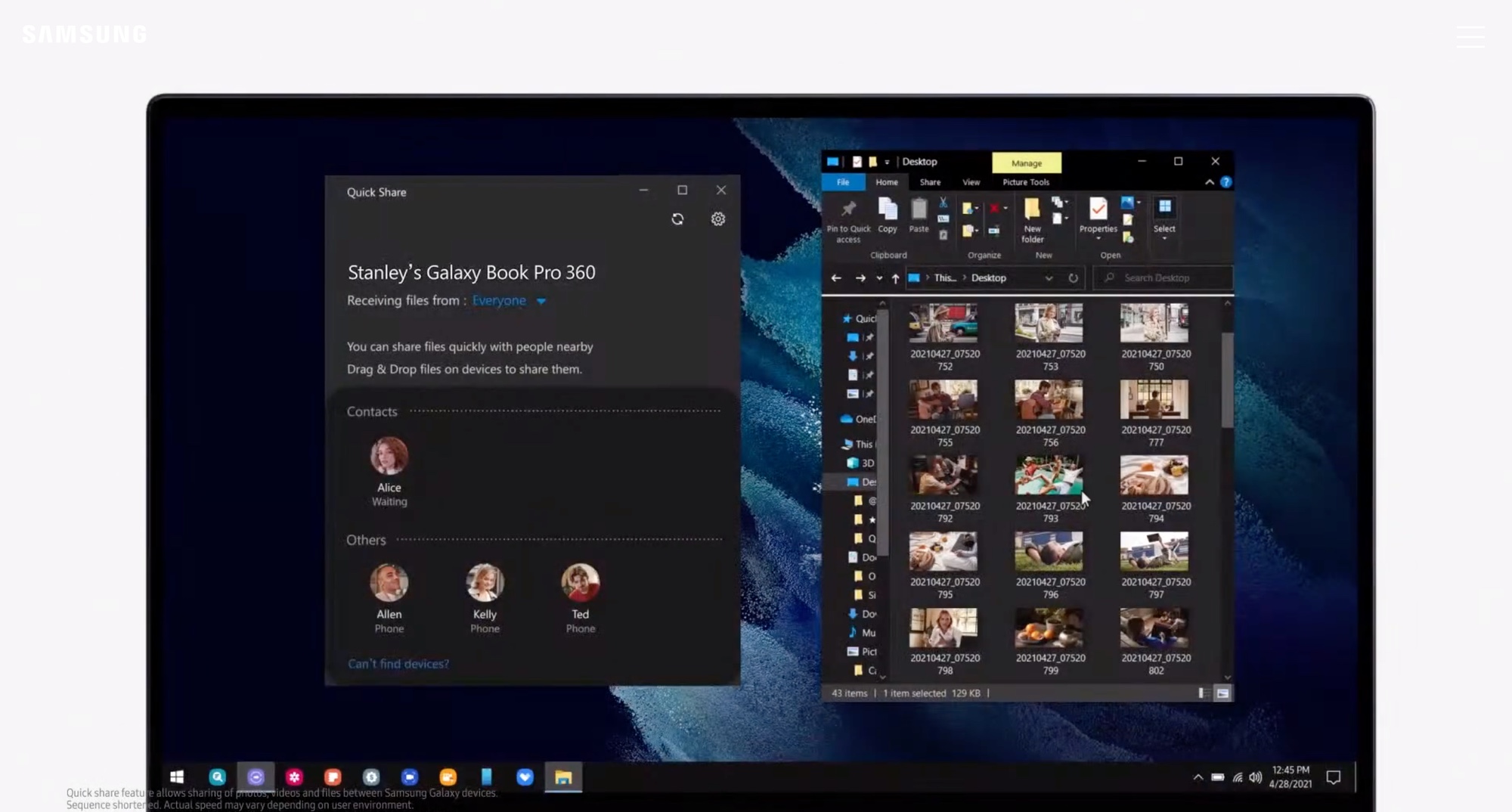
A simple right click brings up a Quick Share box for you to drag photos, files and videos on your Galaxy Book Pro so that they can be shared with other Galaxy devices. It's a much better method of transferring things between your laptop and phone than mailing yourself the file you want.
Better S Pen support on Galaxy Book Pro 360
Yes, other Galaxy laptops have featured an S Pen stylus — you'll find the feature on the Galaxy Book Flex, for example. But there, the S Pen feels like a tacked-on afterthought and not an essential extension of the device's capabilities the way it is on the Galaxy Note phones.
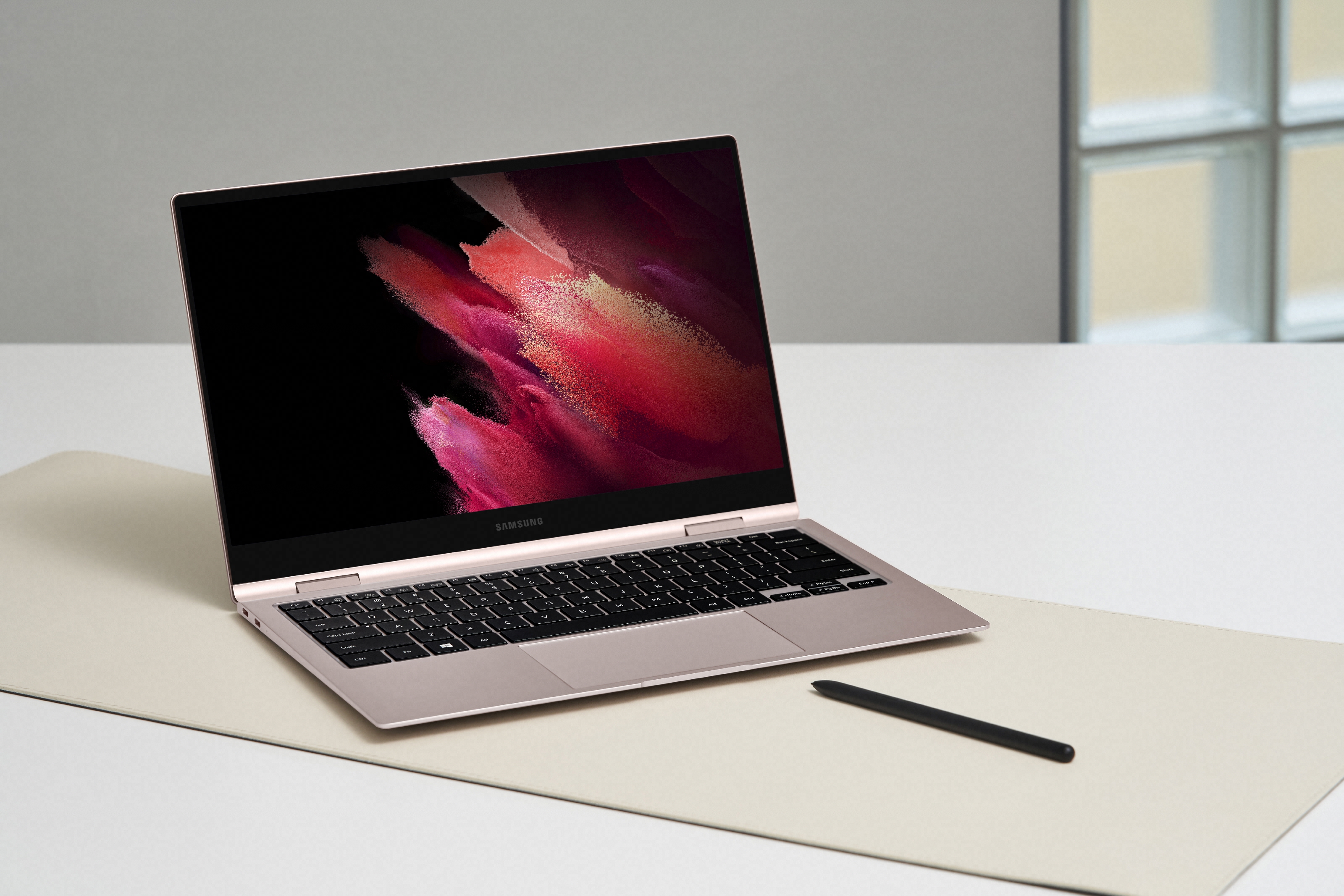
With the Galaxy Book Pro 360, Samsung seems to have put more thought into how the S Pen should work with its laptops. This version of the stylus is noticeably thicker than the one that shipped with the Flex, which should make the S Pen easier to use for longer periods of time. Better still, a few built-in apps on the Galaxy Book Pro 360 will work with the S Pen right off the bat.
Bringing the S Pen to more devices has been one of Samsung's stated goals for the year. We've already seen the S21 Ultra add support, and now the Galaxy Book Pro 360 ships with an S Pen included. The stylus is rumored to be a feature for the upcoming Galaxy Z Fold 3, too, so it's clear that Samsung sees this accessory as an increasingly vital part of making its devices appeal to productivity-minded users.
Philip Michaels is a Managing Editor at Tom's Guide. He's been covering personal technology since 1999 and was in the building when Steve Jobs showed off the iPhone for the first time. He's been evaluating smartphones since that first iPhone debuted in 2007, and he's been following phone carriers and smartphone plans since 2015. He has strong opinions about Apple, the Oakland Athletics, old movies and proper butchery techniques. Follow him at @PhilipMichaels.

